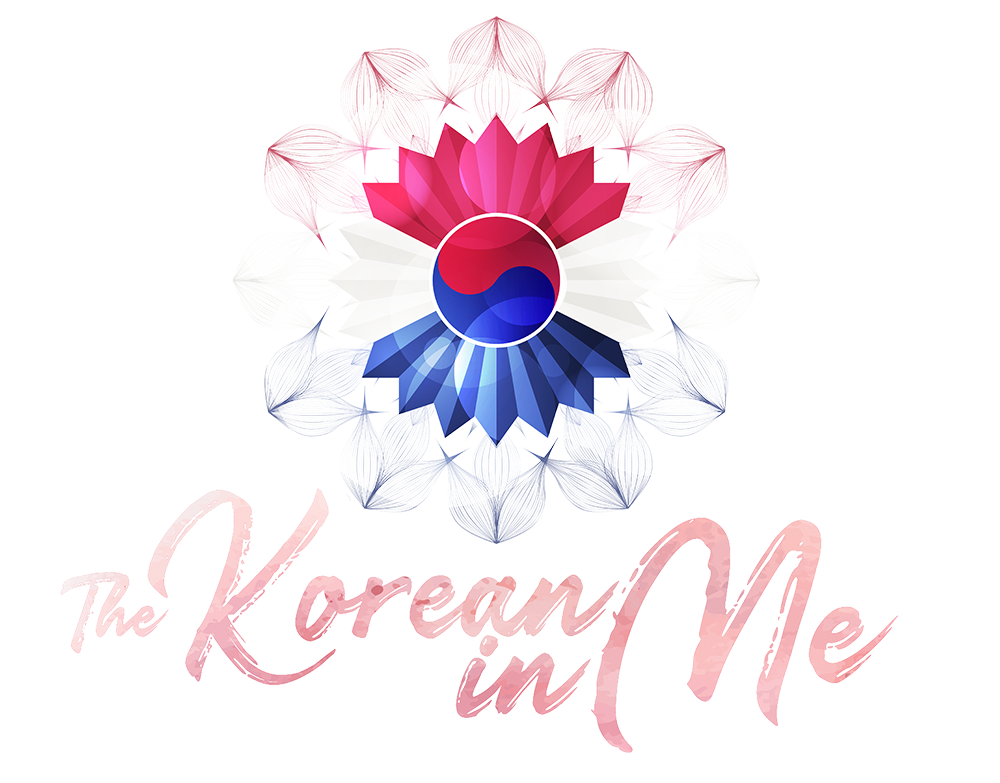What is Hanbok: The Ultimate Guide to the Korean Traditional Dress
What is Hanbok?
Hanbok is a Korean word that refers to traditional Korean clothing. Hanbok is one of the most beautiful fashion styles in the world and has been beloved for over 2,000 years. You may have seen the hanbok in your favorite Korean drama, or your favorite K-Pop star wearing hanbok and wondered: what are they wearing? What kind of fashion style is hanbok? Where can I buy a hanbok?
Hanbok is commonly worn by Koreans during major holidays, birthday celebrations (like dol), and weddings, but not many Korean people actually know about the deep history and significance behind traditional hanbok. Let's explore what is hanbok in this ultimate guide to Korean fashion.
Where does hanbok come from?
What does hanbok look like?
Composition
The hanbok's overall structure consist of the jeogori and chima (skirt) — for women, and jeogori and baji (pants) — for men. At the point when worn together, the thin top and wide bottom make a shape like a bell—a one of a kind and rather an exceptional feature of the hanbok that separates it from other traditional costumes.
Design
The classic Korean stylish is portrayed on the hanbok through a soft flow of lines and angles that can be seen on the outfit's baerae as well as the clean-cut angles of the dongjeong.
The hanbok may look flat, however, whenever it's well used, it accomplishes dimensionality and even adds beauty to the wearer, as the wide and adaptable skirt shrouds the movements of the lower body—to such an extent that the person wearing it might appear to be floating on air.
Material
The hanbok has been made with different materials all through its over 1,600-year history. Contemporary designers keep on trying different things with various kinds of fabric for their oeuvre.
Traditionally, however, the material of the hanbok speaks to the wearer's particular place in the so-called social hierarchy. Those naturally born to royalty families wore hanbok made with the best materials like satin and silk, featuring their power and authority. The same goes for people of nobility and high-positioning officials. On the other hand, those common folk wore hanbok produced using hemp and cotton at best, recommending their humble backgrounds.
Colors
The colors of the hanbok assume an integral part in characterizing the wearer's character and societal position.
Those from royalty or nobility wear hanbok that is typically colored with bright colors, while ordinary people wore hanbok that came in light and earthly shadings, which can likewise be credited to the materials used to make their modest hanbok.
Patterns
Emblematic patterns were weaved on the hanbok, primarily to express the wearer's wishes. For example, a wedding hanbok may highlight peonies for honor and wealth or pomegranates for fertility. Ground-breaking emblems, for example, phoenixes, dragons, cranes, and tigers must be seen on the hanbok of royalty as well as high-ranking officials.
Footwear
There's always a wide selection of footwear that goes with the hanbok. For ladies, kkotshin (silk shoes with blossom weaving), unhye (low-cut silk shoes that are decorated with cloud-formed silk pieces), and dinghy (low-cut leather shoes with scroll designs) were the absolute most regular footwear. On the other hand, men typically wore heukhye (fleece and leather shoes) and taesahye (animal skin shoes fixed with silk). In spite of the fact that commoners—paying little heed to gender—wore jipshin or straw shoes. To protect their feet, people likewise wore white socks known as beoseon.
Accessories
The hanbok may look elegant all alone, yet people, particularly ladies, who can stand to enhance their look and outfit sure have a huge number of accessories to browse and choose from. This incorporates the norigae, an ornamental tassel with an appeal, which is attached to the goreum, coat strings, or the midriff of the skirt; daenggi, a thick enriching ribbon tied toward the end of a lady's twisted hair (daenggi-meori); baesshi-daenggi, an enlivening piece worn on one's head with the daenggi-meori; and the binyeo, a pin produced using wood, jade, gold, or creature bones—among numerous others—that holds the bun together.
What makes hanbok unique?
1. The hanbok is structurally beautiful.
(To learn more about the varieties in style, read this guide: The Different Types of Hanbok.)
The balance of the structured top with the full bottom gives the hanbok a simple structural beauty and rhythmic flow that complement the movement of the wearer’s body.

2. The hanbok is not restrictive, and allows for graceful movement.
3. The hanbok is a wearable piece of art.

4. The hanbok carries a deep heritage and culture behind its design.
5. The hanbok is meaningful in every stitch, design, and color.
6. The hanbok shows the beauty of nature.
There is a hanbok for every person and occasion. Come fall in love with the hanbok together with us. Take a look at our collections to learn more.








